5 Reasons Freeze Drying is the Healthiest Way to Preserve Food at Home
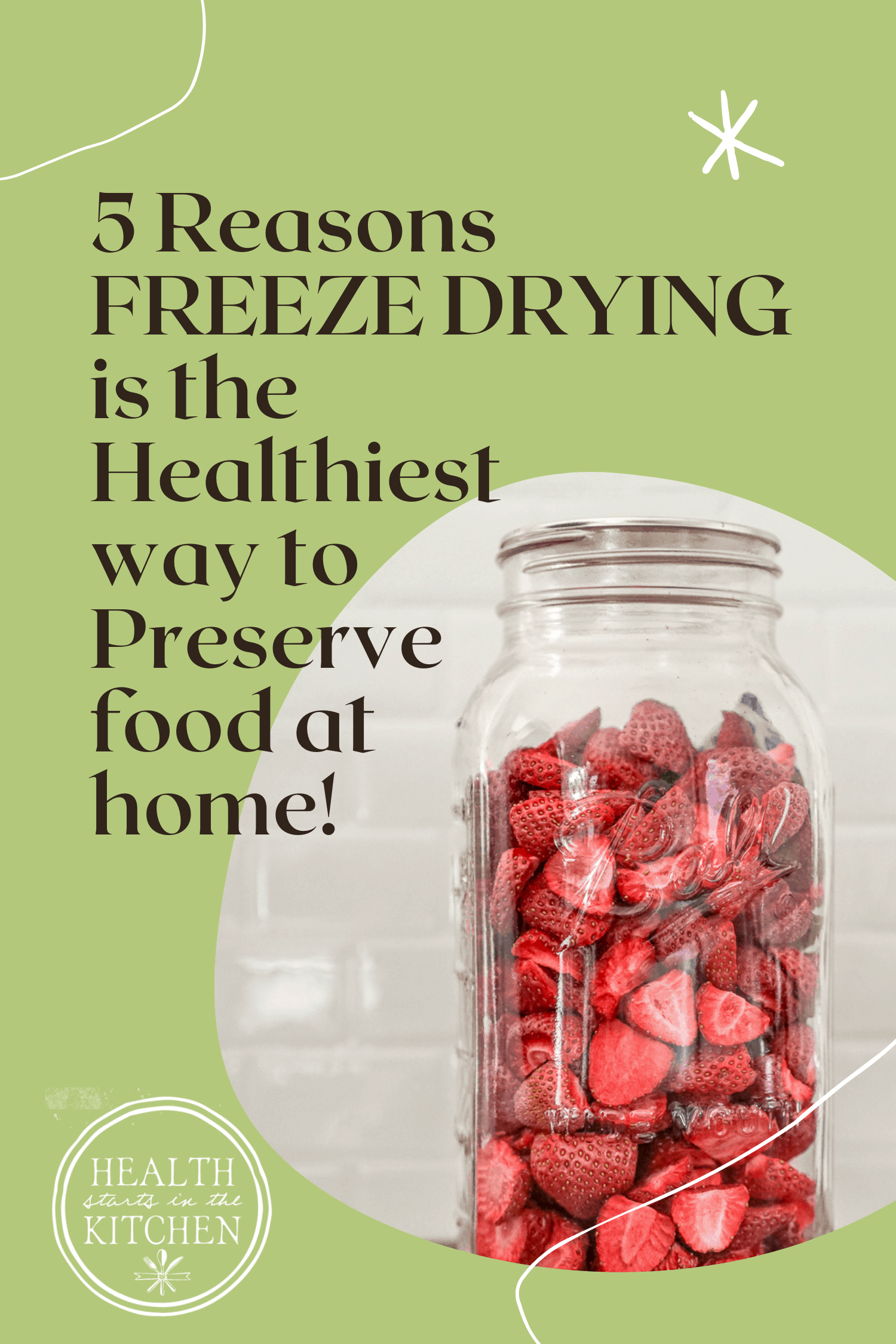
And that’s a great thing for your health!
And let’s not forget my passion for serving Fermented Foods at Every Meal! Our fridge is always filled with probiotic rich foods like my fermented ginger orange carrots, kefir, kombucha and sauerkraut!
Is Freeze Drying the Best Way to Preserve Food?
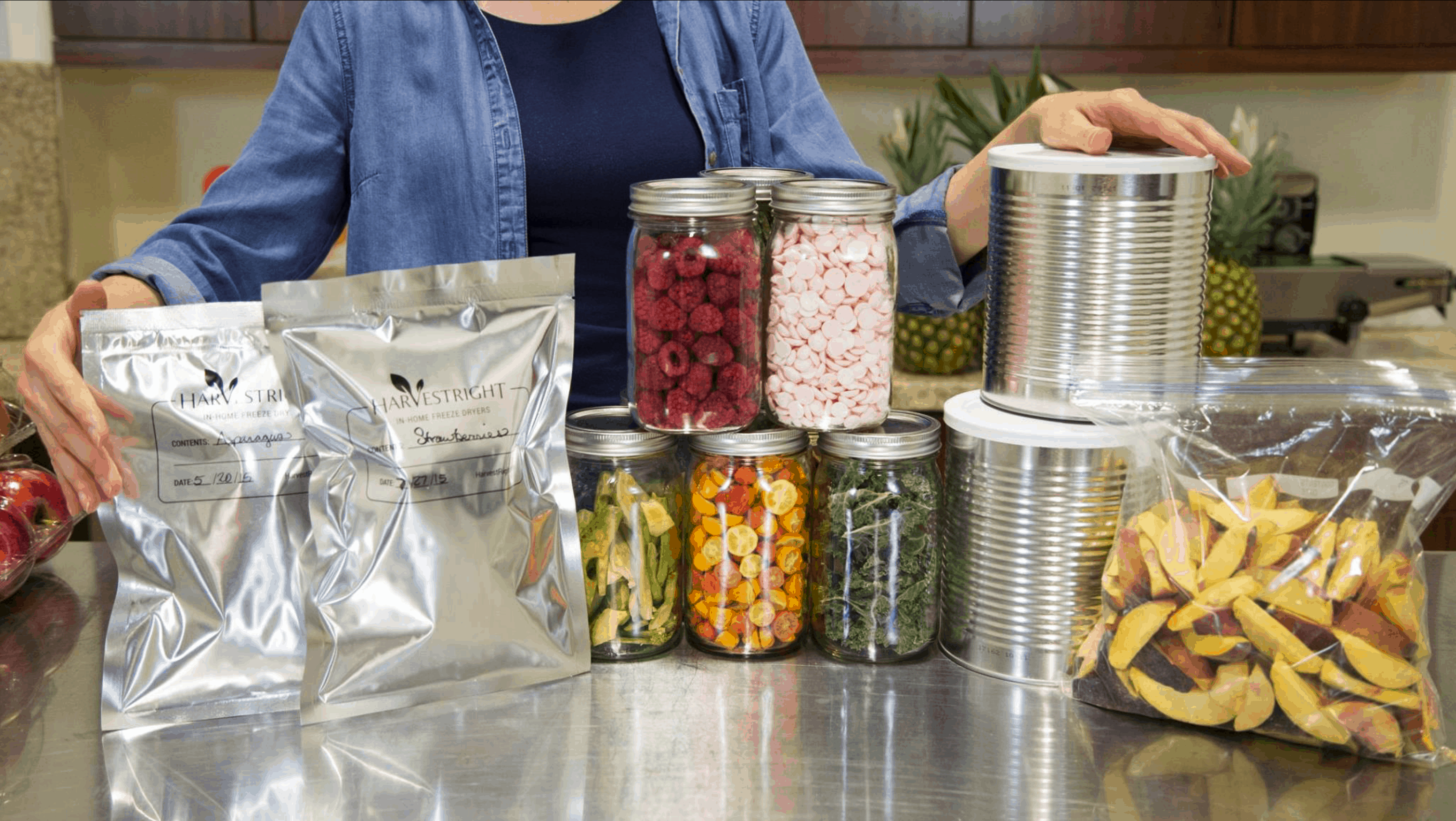
Hello freeze drying, I’ve loved you before we even met in real life….. Astronaut Ice Cream from my 1980’s middle school field trips to our local planetarium had my heart! So much yum, right?
I’ve put together a list of the 5 Reasons Freeze Drying is the Healthiest way to Preserve food to help guide you through why it’s SO important to step up your food preservation game!
1. Freeze Dried Foods have the Longest Shelf Life
As a food preservation method, not only is Freeze Drying easier than canning, and more versatile than dehydrating, freeze dried foods will last 7 to 8 times longe that other traditional home preservation methods.
In fact, Freeze Dried food has an astonishing 25 year shelf life, compared to less than 5 years with dehydrating , canning and freezing!
Simply put fresh fruits & vegetables, raw or cooked meats and dairy or your leftover meals, in your own freeze dryer and press start. In roughly 24 hours, your food is ready to be packaged for a shelf life of 25 years.
No need to worry about too-cold storage temperatures freezing your canned food or loss of power defrosting your freezer… Freeze Drying food is virtually indestructible once stored in a sealed container or bag and it is lightweight for easy storage and portability.
2. Freeze Dried Food Retains 97% of Nutrition
Freeze drying is remarkable because it causes no damage to the nutrition of the food being preserved. Other methods of preservation, such as canning and dehydrating, use higher temperatures that can destroy more than half (50%) the food value.
Diane Barrett, a food science and technology professor at UC-Davis, calls freeze-drying “one of the best ways to preserve food.”
3. Freeze Dried foods are Superior Quality
Freeze drying does not shrink or toughen the food, but retains the same aroma, flavor, color and shape. Simply add water and your preserved food is quickly brought back to life. Apples, cheese, avocados, meat, raspberries, peas, ice cream and yogurt will still look and taste fresh because, in reality, they still are. Without water and oxygen to spoil the food, it is as if the food has been placed in a time capsule. It will last and last and last!
In-Home freeze drying allows you to preserve large pieces of tasteful, high quality food, such as apricot halves, thick peach slices, large slabs of cooked steak, whole shrimp, ice cream sandwiches, and a lot more. You don’t have to settle for the small dices or shavings of fruit or meat that you find in store bought, freeze dried products. Prepare it and preserve it how you want it.
4. Freeze Drying Wastes Less Food
Leftover meals, including excess fruits and vegetables, that are typically wasted and thrown away may be freeze dried until you are ready to eat them. Studies have shown that the average family of four throws away 40% of the food they purchase each year, a value equal to $2,250 or more. Families can avoid much of this waste and preserve large quantities of high quality food that would normally be put in the garbage.
These Freeze Dried leftovers are perfect, not only for emergency preparedness, but also for last minute meals and camping trips. Freeze Dried fruits and vegetables make the perfect snack on the go. And buying in-season fresh fruits and vegetables when they are less expensive and freeze drying them to eat later is an awesome way to extend your food-budget dollars!
Even the most well-intended plans to stock your freezer with leftovers and fruits/vegetables is all for not when the power goes out or your freezer breaks down. With Freeze Drying you always have piece of mind that your preserved food is safe!
5. Freeze Drying offers the Healthiest Real Food Ingredients
Prepackaged, processed meals typically include unhealthy additives, such as sodium nitrate, high-fructose corn syrup, trans fats, monosodium glutamate (MSG), food dyes and colors.
When you freeze dry at home, your food is untainted. It will accommodate any dietary need, including food allergies, vegetarian, or vegan needs. It is perfect for a non-preservative or non-GMO (genetically modified organisms) diet that is designed for a healthy lifestyle.
In addition to retaining nutrition, when you Freeze Dry fermented foods, all those healthy bacteria go dormant until they are rehydrated. You can even Freeze Dry your surplus Kombucha Scobys and you’ll just need to add water to wake them back up!
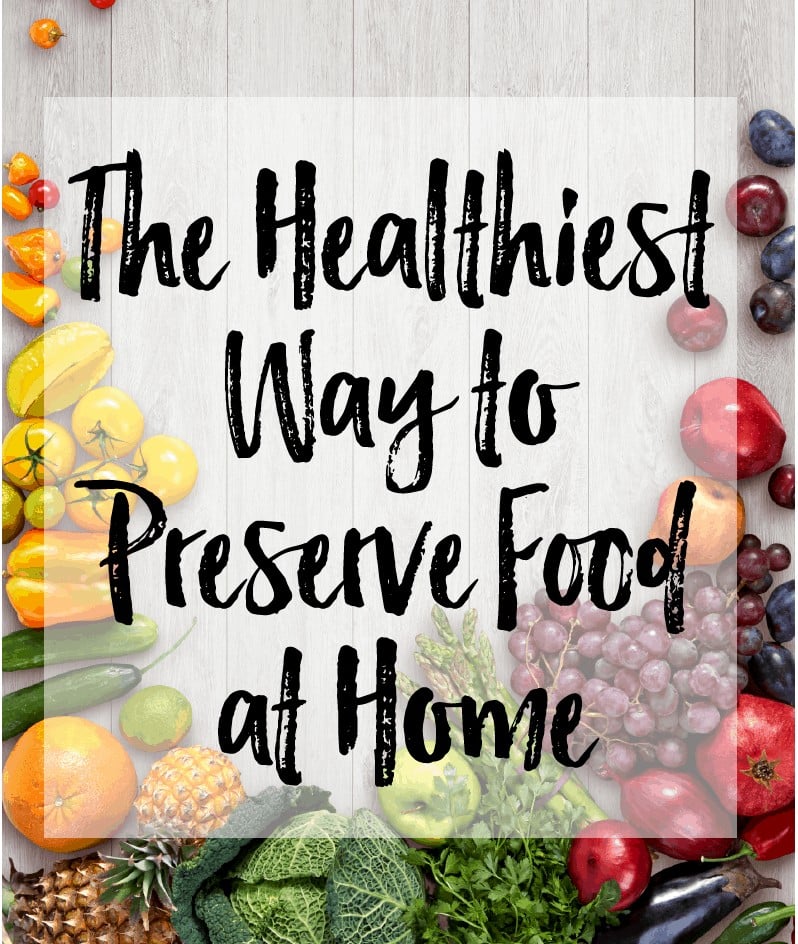
Our Freeze Drying Experience
We’ve had our freeze dryer since 2016 and feel very strongly that adding a freeze dryer was one of the best investments we’ve ever made!
Here’s our beautiful freeze dryer, Ray built it it’s own shelf at the end of his workbench. Using a freeze dryer is very easy once you get the hang of it, it’s not plug & use item like a refrigerator or dehydrator. It does have a separate vacuum pump and needs some routine maintenance – but nothing complicated, just changing the oil every few batches – no big deal honestly.
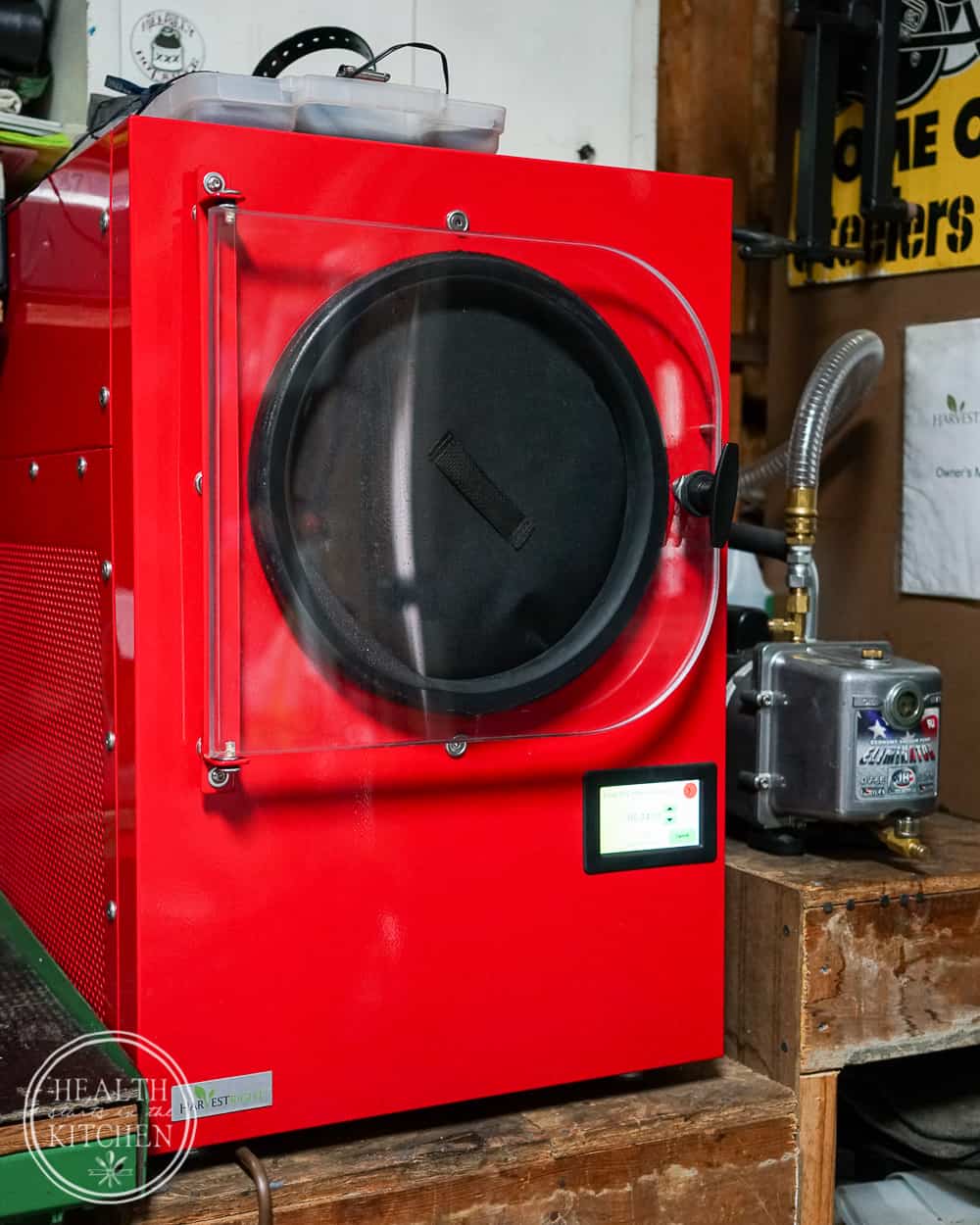
When we got our freeze dryer there was only one (standard) size, but in the year since they’ve released a smaller and larger version as well. Our freeze dryer is about the size of a large-mini fridge or free standing dishwasher and holds 4 trays of food, for us it’s the perfect size. Occasionally the larger unit would be nice but I’d never recommend the smaller size.
Not only have we preserved emergency prep-meals to pack away for worst-case scenarios, we’ve also use it to create fun snacks and convenience foods for everyday use.
We transformed 25 gallons of tomatoes into a 1/2 gallon of powder. Blending the freeze dried tomato powder with different dilutions of water to make tomato paste, sauce or juice, flawlessly.
And when it comes to preserving our precious wild foraged mushrooms, nothing compares to the quality of freeze drying for enjoying them out of season.
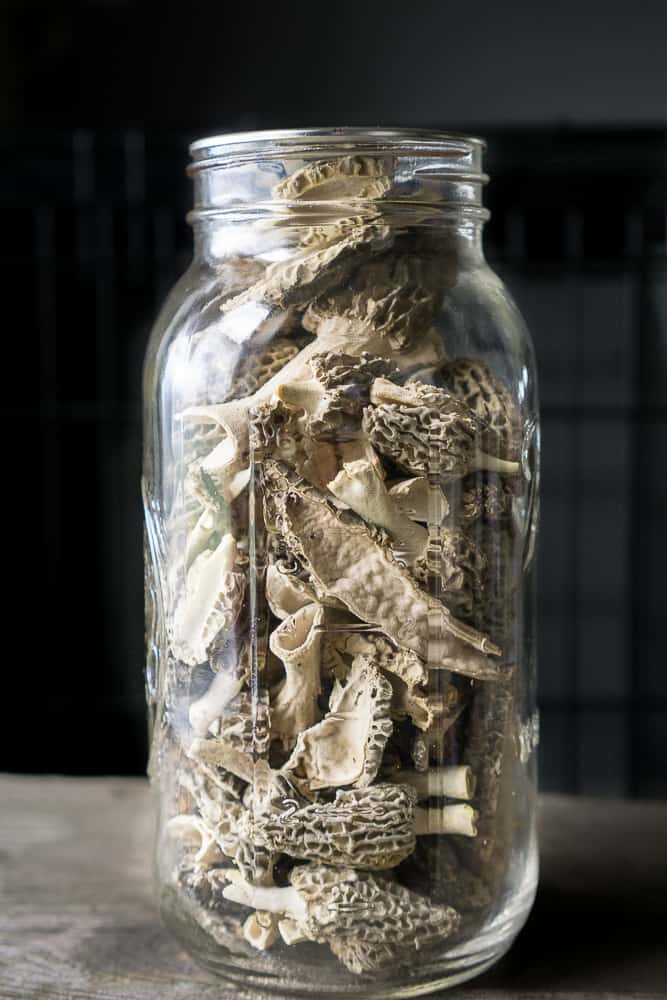
Freeze Dryer FAQs
I originally wrote this post in 2017 after having our Harvest Right Freeze Dryer for the first year, I’ve since updated it with this FAQ section to help answer MORE of your Freeze Drying Questions.
- What are the disadvantages of freeze drying? The start-up cost is higher than other methods of home preservation, the freeze dryer does take up more room in your home are the main disadvantages. That being said, those are easily deemed insignificant when compared to the numerous benefits.
- What is the best way to Store Freeze Dried Foods? To ensure your freeze dried foods stay preserved as long as possible using mylar bags and oxygen absorbers is the most reliable.
For shorter storage, we use vacuum sealed canning jars with oxygen absorbers. - What foods Cannot be freeze dried? Surprisingly most foods freeze dry very successfully, except for FATS. Mayonnaise, Butter and fatty meats don’t freeze dry safely.
- Is it better to freeze dry raw or cooked meat? Both raw and cooked meats can be freeze dried, it really comes down to personal preference. Cooked taco meat is a staple for quick meals at our house, but we also keep a significant amount of raw, diced lean venison packed away for emergencies (raw meats can be rehydrated and cooked or fed to our dogs raw)
- Can probiotics survive freeze drying? Yes! and Maybe one of the biggest benefits to owning a freeze dryer if you are passionate about fermenting (like me). You can use a freeze dryer to preserve fermented foods like sauerkraut, kimchi and kefir without destroying the beneficial bacteria. You can even freeze dry a kombucha scoby that can be rehydrated later to make more kombucha!
- Can you freeze dry without a machine? Yes and no. Technically freezer burnt food is freeze-dried it’s no where near as healthy as done quickly and efficiently with an at home freeze dryer.
- How much is a freeze dry machine? Yes purchasing a freeze dryer is a financial investment but every year they are becoming more affordable. As of January 2021 you can expect to spend between $2,100 and $4,500 depending on the size and options you select. You can even lay-away your freeze dryer with 0% interest to make budgeting even easier!
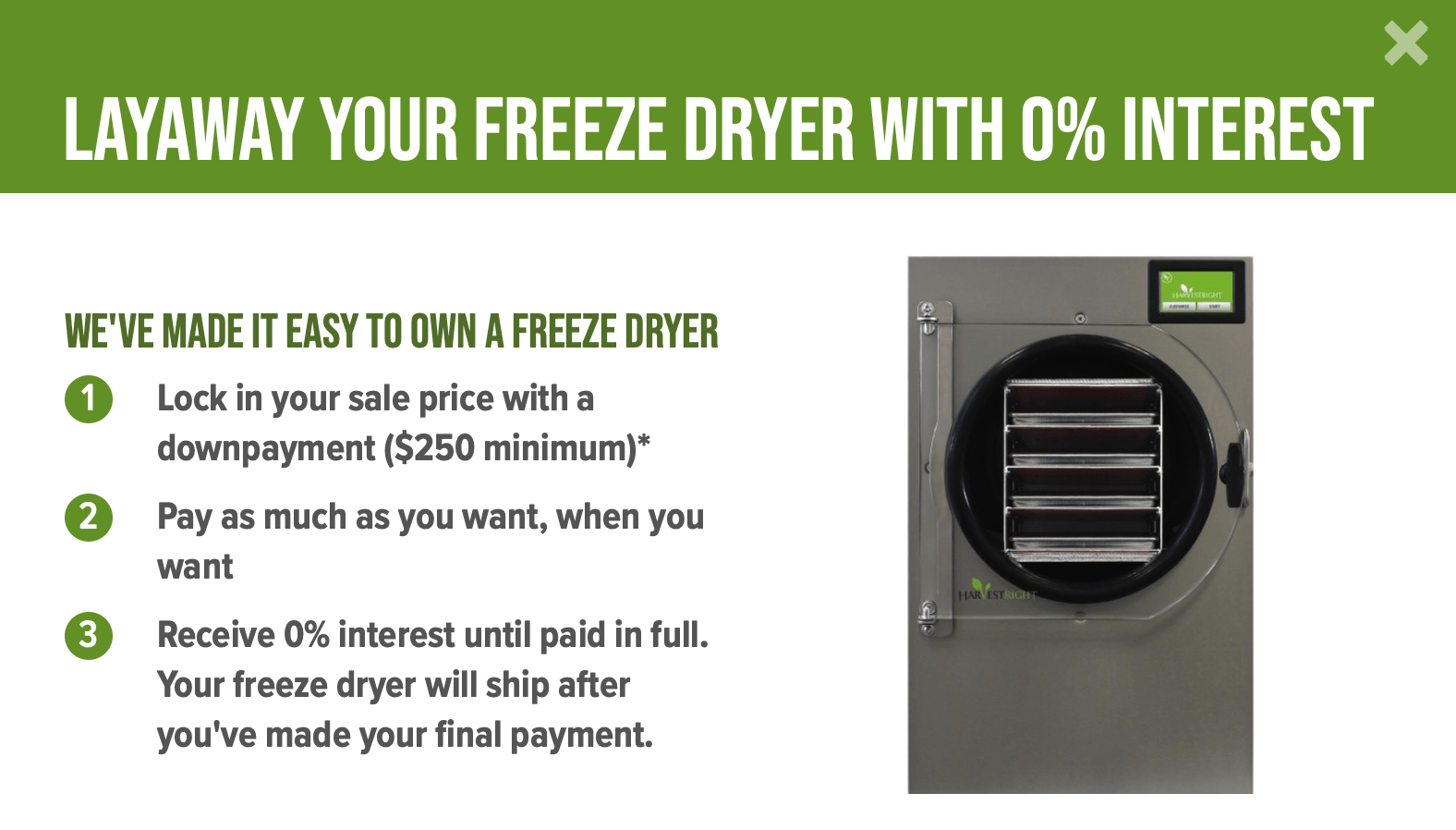
So, if you are on the fence, I say go for it!!! If you have any questions feel free to comment on this post or send me an email. I’m always glad to help!
For a Limited Time Harvest Right *the only brand I recommend* is offering up to $400 off with FREE SHIPPING. –> CLICK HERE
Yours in Health,

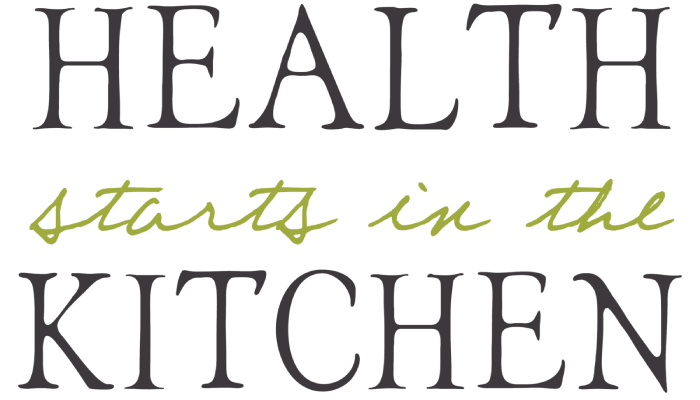

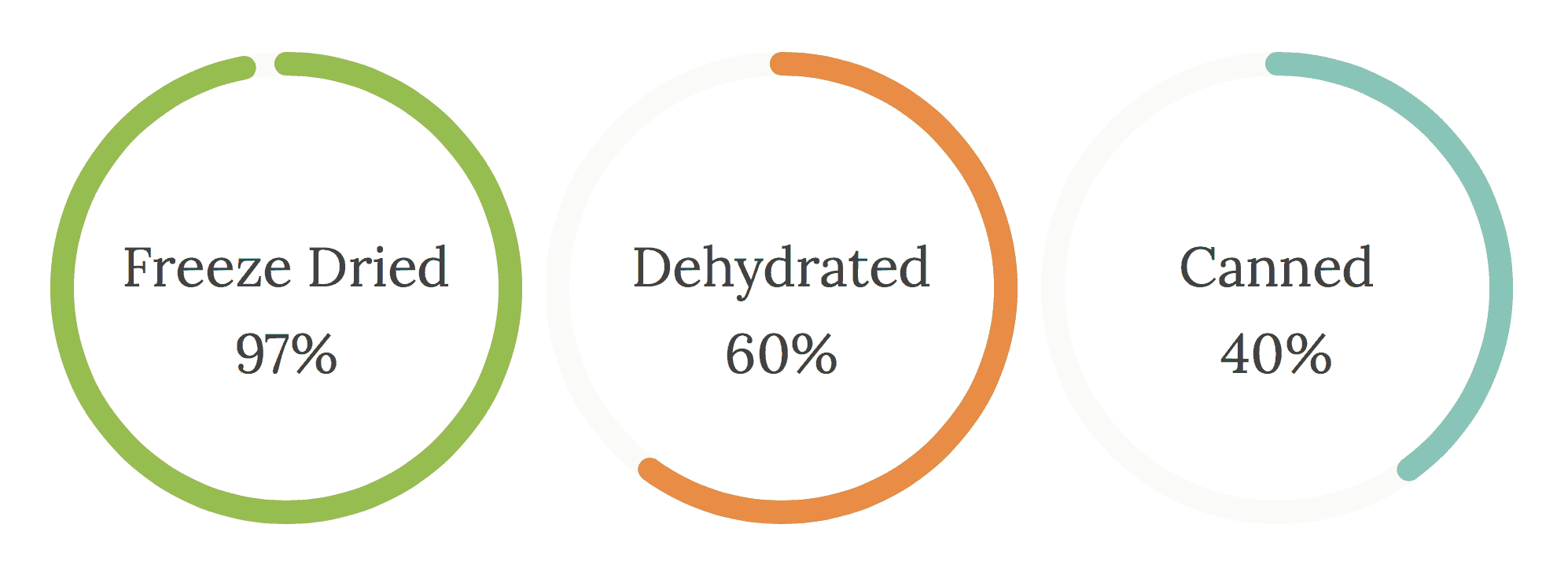



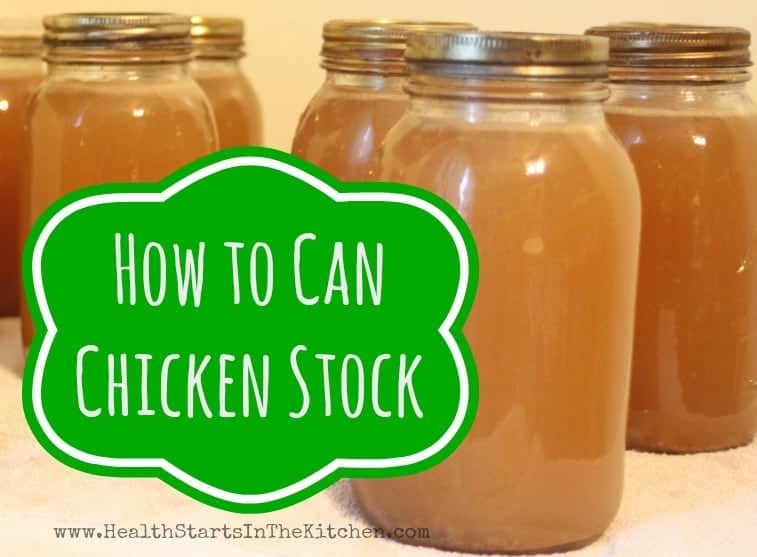
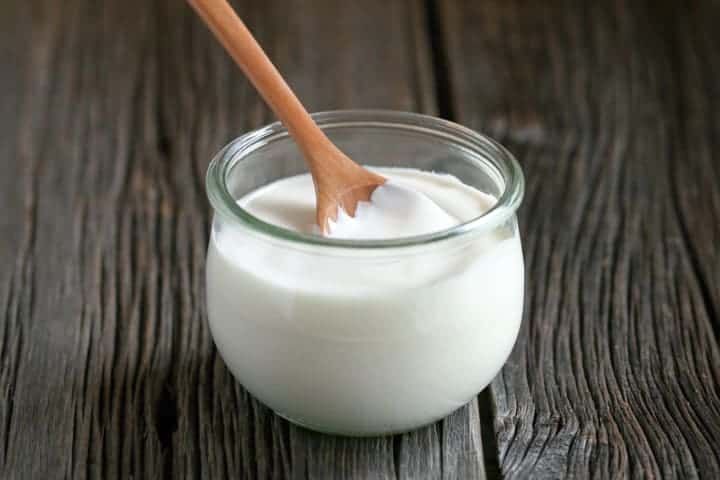
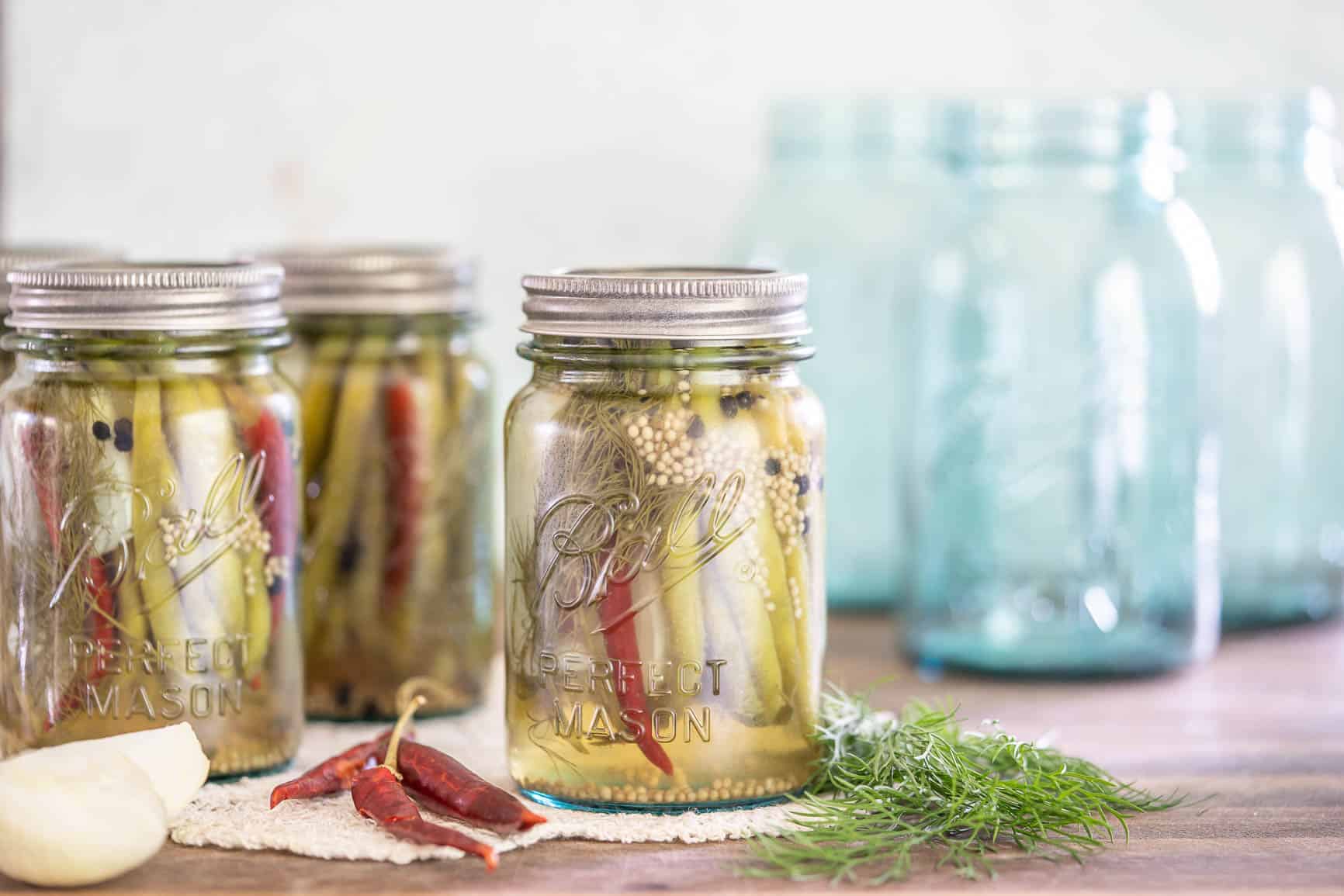

Can you please reference the UC Davis source for Diane Barretts commentary ? I would like it as a reference as I teach home food preservation.
Thanks!!!!
it is a direct quote she gave to Harvest Right.
I am VERY interested in food preservation and this particular method or technique for doing so! Canning never appealed to me. Not because of the method (although it is fairly arduous), but because I despised its results. To me and mine, mushy, overcooked and basically “dead food” is not really “food” at all. And, yeah, fermented foods are health-promoting and delicious, but not always and not for everyone. Brackish veggies are too high in sodium, and something about whey starters ALWAYS unbalances the gut of someone in my family. We just stay clear of dairy—be it cow, goat or llama, raw or otherwise—and yes, we even tried yak and camel. For us, except for ghee, it’s all “udderly despicable!”
So, yes, at-home Freeze Drying sounds very practical to me. I would very much appreciate more info about it and especially about your successful rehydrating/reconstituting methods or techniques. IOW, what has worked well and not so well in your experience. Because I’m fairly sure neither of us is fond of the microwave oven and its “de-naturing” of our carefully and lovingly-preserved real foods.
We have had great success rehydrating leftovers (rice, baked beans, smoked pulled pork, taco meat, etc) and some foods are better eating as-is freeze dried like fruit. We store both raw and cooked meats. To rehydrate we just add water – mostly room temperature.
Freeze Drying foods at home is identical to the “MRE” and prepared freeze dried meals – that’s where to look for inspiration. We stick to basics more than complex items.
One amazing thing to freeze dry is guacamole! It comes back to life just like fresh.